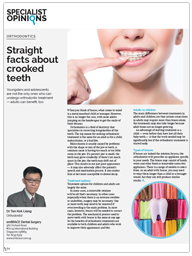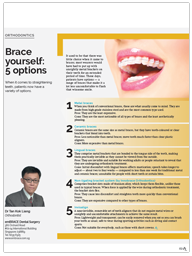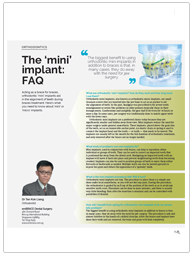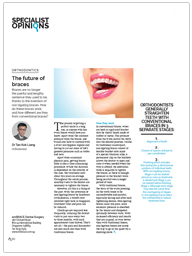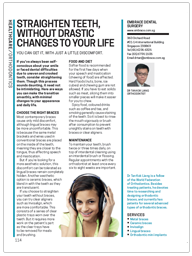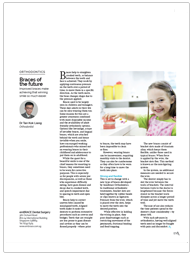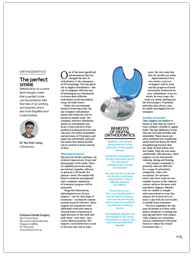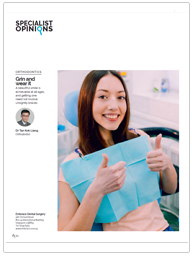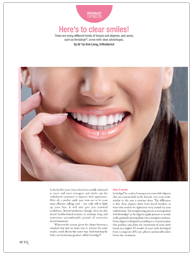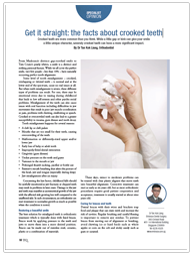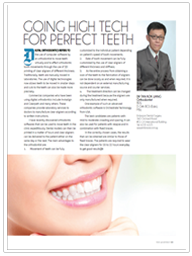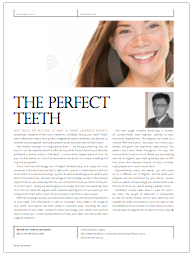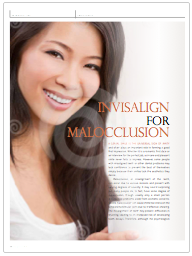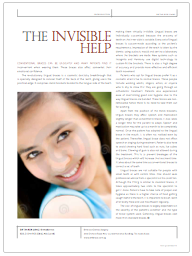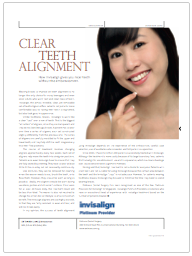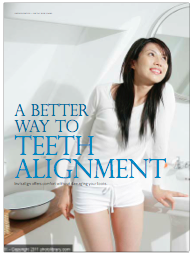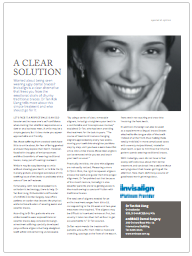Digital Orthodontics refers to the use of computer software by an orthodontist to move teeth virtually and to effect orthodontic tooth movements through the use of 3D printing of clear aligners of different thickness. Traditionally, teeth are manually moved in laboratories. The use of digital technologies now allows teeth to be moved in smaller steps and cuts to the teeth can also be made more precisely.
Commercial companies who have been using digital orthodontics include Invisalign and Clearpath and many others. These companies provide laboratory services to doctors to manufacture clear aligners according to written instructions.
I have recently discovered orthodontic softwares that can be used to move teeth in the clinic expeditiously. Dental models can then be printed in a matter of hours and clear aligners can be delivered to the patient either on the same day or the next. The main advantages to the orthodontist are:
- Movement of teeth can be fully customized to the individual patient depending on patient’s speed of tooth movements.
- Rate of tooth movement can be fully customized by the use of clear aligners of different thickness and stiffness.
- As the entire process from obtaining a scan of the teeth to the fabrication of aligners can be done locally as and when required, it is not dependent on an external manufacturing source and courier services.
- The treatment direction can be changed during the treatment because the aligners are only manufactured when required.
One example of such an advanced orthodontic software is Orchestrate Technology from USA.
The best candidates are patients with mild to moderate crowding and spacing. It can also be used for patients with relapse and in combination with fixed braces.
In the correctly chosen cases, the results that can be obtained are similar to those of fixed braces. The patients are required to wear the clear aligners for 20 to 22 hours everyday to get good results.

